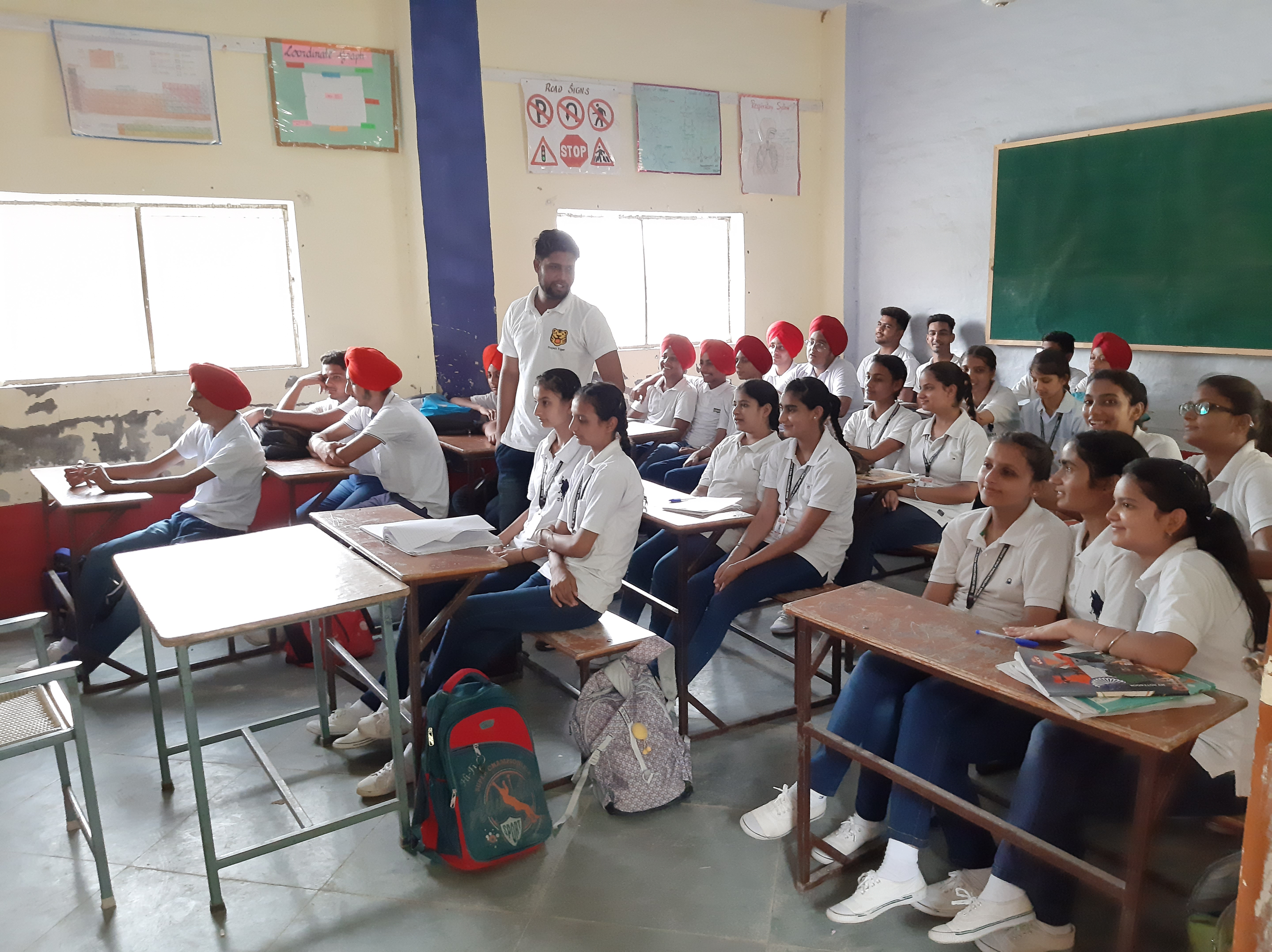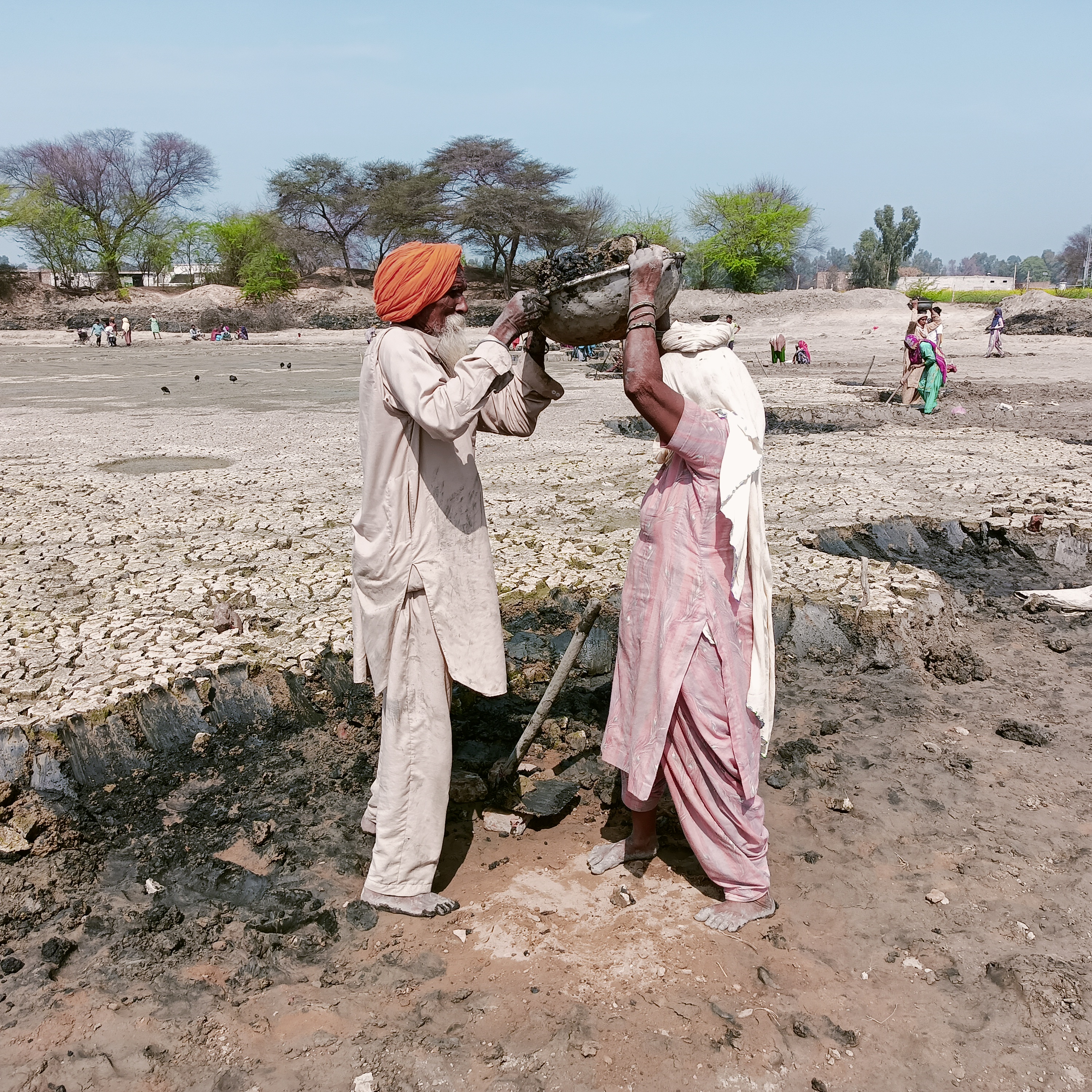|
Anganwadi
Anganwadi () is a type of rural child care centre in India. It was started by the Indian government in 1975 as part of the Integrated Child Development Services program to combat child hunger and malnutrition. ''Anganwadi'' in Hindi means "courtyard shelter". A typical Anganwadi center provides basic health care in a village. It is a part of the Indian public health care system. Basic health care activities include contraceptive counseling and supply, nutrition education and supplementation, as well as pre-school activities. The centres may be used as depots for oral rehydration salts, basic medicines and contraceptives. , as many as 1.33 million Anganwadi and mini-Anganwadi centres (AWCs/mini-AWCs) are operational out of 1.37 million sanctioned AWCs/mini-AWCs. These centres provide supplementary nutrition, non-formal pre-school education, nutrition, and health education, immunization, health check-up and referral services of which the last three are provided in co ... [...More Info...] [...Related Items...] OR: [Wikipedia] [Google] [Baidu] |
Education In India
Education in India is primarily managed by the state-run public education system, which falls under the command of the government at three levels: Government of India, central, States and Territories of India, state and Local government in India, local. Under various articles of the Indian Constitution and the Right of Children to Free and Compulsory Education Act, 2009, free and compulsory education is provided as a Fundamental Rights, Directive Principles and Fundamental Duties of India#Fundamental Rights, fundamental right to Children and adolescents in India, children aged 6 to 14. The approximate ratio of the total number of public schools to private schools in India is 10:3. Education in India covers different levels and types of learning, such as early childhood education, primary education, secondary education, higher education, and vocational education. It varies significantly according to Caste#Caste and higher education, different factors, such as location (urban o ... [...More Info...] [...Related Items...] OR: [Wikipedia] [Google] [Baidu] |
Auxiliary Nurse Midwife
Auxiliary nurse midwife or nurse hybrids commonly known as ANM, is a village-level female health worker in India who is known as the first contact person between the community and the health services. ANMs are regarded as the grass-roots workers in the health organisation pyramid. Their services are considered important to provide safe and effective care to village communities. The role may help communities achieve the targets of national health programmes. Background In 1973, the Kartar Singh Committee of the Government of India combined the functions of the health services and changed the role of ANMs. The committee recommended that there should be 1 ANM available per 10,000-12,000 people. In 1975, the Srivastava Committee recommended expansion in the role of ANM. Recommended expansion included the role of an ANM as a multipurpose health worker. Along with maternity care, the committee recommended that the ANM's work include child health (immunization) and primary curative care o ... [...More Info...] [...Related Items...] OR: [Wikipedia] [Google] [Baidu] |
Welfare In India
India has a robust social security legislative framework governing social security, encompassing multiple labour laws and regulations. These laws govern various aspects of social security, particularly focusing on the welfare of the workforce. The primary objective of these measures is to foster sound industrial relations, cultivate a high-quality work environment, ensure legislative compliance, and mitigate risks such as accidents and health concerns. Moreover, social security initiatives aim to safeguard against social risks such as retirement, maternity, healthcare and unemployment while tax-funded social assistance aims to reduce inequalities and poverty. The Directive Principles of State Policy, enshrined in Part IV of the Indian Constitution reflects that India is a welfare state. Article 41 of the Indian Constitution, which is one of the Directive Principles of State Policy states that, ''The State shall, within the limits of its economic capacity and development, make ... [...More Info...] [...Related Items...] OR: [Wikipedia] [Google] [Baidu] |
Integrated Child Development Services
Integrated Child Development Services (ICDS) is a government program in India which provides nutritional meals, preschool education, primary healthcare, immunization, health check-up and referral services to children under 6 years of age and their mothers. The scheme was launched in 1975, discontinued in 1978 by the government of Morarji Desai, and then reinstated by the Charan Singh soon after with support of the Indira Gandhi opposition. The Tenth five-year plan also linked ICDS to '' Anganwadi'' centres established mainly in rural areas and staffed with frontline workers. In addition to improving child nutrition and immunization, the programme is also intended to combat gender inequality by providing girls the same resources as boys. A 2005 study found that the ICDS programme was not particularly effective in reducing malnutrition, largely because of implementation problems and because the poorest states had received the least coverage and funding. During the 2018–19 fis ... [...More Info...] [...Related Items...] OR: [Wikipedia] [Google] [Baidu] |
Mahatma Gandhi National Rural Employment Guarantee Act
Mahatma Gandhi National Rural Employment Guarantee Act 2005 or MGNREGA, popularly known as Manrega, earlier known as the National Rural Employment Guarantee Act or NREGA, is an Indian social welfare measure that aims to guarantee the 'right to work'. This act was passed on 23 August 2005 and was implemented in February 2006 under the UPA government of Prime Minister Manmohan Singh following the tabling of the bill in parliament by the Minister for Rural Development Raghuvansh Prasad Singh. It aims to enhance livelihood security in rural areas by providing at least 100 days of assured and guaranteed wage employment in a financial year to at least one member of every Indian rural household whose adult members volunteer to do unskilled manual work. Women are guaranteed one half of the jobs made available under the MGNREGA and efforts are made to ensure that cross the limit of 50%. Another aim of MGNREGA is to create durable assets (such as roads, canals, ponds and wells). Employme ... [...More Info...] [...Related Items...] OR: [Wikipedia] [Google] [Baidu] |
UNICEF
UNICEF ( ), originally the United Nations International Children's Emergency Fund, officially United Nations Children's Fund since 1953, is an agency of the United Nations responsible for providing Humanitarianism, humanitarian and Development aid, developmental aid to children worldwide. The organization is one of the most widely known and visible social welfare entities globally, operating in 192 countries and territories. UNICEF's activities include providing immunizations and disease prevention, administering Antiretroviral drug, treatment for children and mothers with HIV, enhancing childhood and maternal nutrition, improving sanitation, promoting education, and providing emergency relief in response to disasters. UNICEF is the successor of the United Nations International Children's Emergency Fund, and was created on 11 December 1946, in New York, by the United Nations Relief and Rehabilitation Administration, U.N. Relief Rehabilitation Administration to provide immediate r ... [...More Info...] [...Related Items...] OR: [Wikipedia] [Google] [Baidu] |
UN Millennium Development Goals
In the United Nations, the Millennium Development Goals (MDGs) were eight international development goals for the year 2015 created following the Millennium Summit, following the adoption of the United Nations Millennium Declaration. These were based on the OECD DAC International Development Goals agreed by Development Ministers in the "Shaping the 21st Century Strategy". The Sustainable Development Goals (SDGs) succeeded the MDGs in 2016. All 191 United Nations member states, and at least 22 international organizations, committed to help achieve the following Millennium Development Goals by 2015: # To eradicate extreme poverty and hunger # To achieve universal primary education # To promote gender equality and empower women # To reduce child mortality # To improve maternal health # To combat HIV/AIDS, malaria, and other diseases # To ensure environmental sustainability # To develop a global partnership for development [...More Info...] [...Related Items...] OR: [Wikipedia] [Google] [Baidu] |



